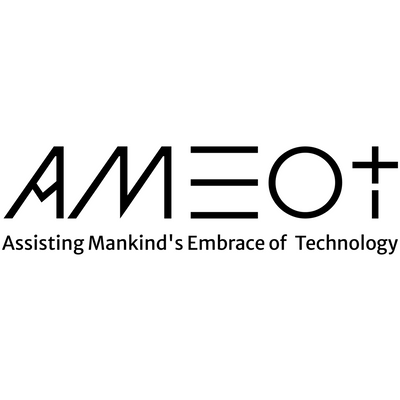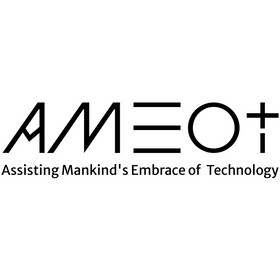Proactive 101: My Secretary Needs Access to Everything

Administrators are the gatekeepers of the organization. They handle their own emails and often have access to their superior's emails, increasing their exposure to phishing emails, malicious links, and dubious websites. This heightened exposure makes them prime targets for ransomware attacks, credential theft, or malware downloads through websites or file attachments. This increased risk becomes more critical when considering that admins often have access to their files and many, if not all, department files. While this might be convenient for those they support, it could become detrimental to the department's function, and if the network isn't segmented properly or if permissions are loose, it could be disastrous for the entire organization.
Understanding the Risks and Benefits of Limiting File Access
Limiting file access is a fundamental principle in cybersecurity. The concept of least privilege dictates that individuals should only have access to the information and resources necessary for their job. This approach minimizes the risk of unauthorized access and potential data breaches. Compliance frameworks like HIPAA (Health Insurance Portability and Accountability Act) and GDPR (General Data Protection Regulation) emphasize the importance of limiting access to sensitive information. These regulations require organizations to implement strict access controls to protect personal and sensitive data.
Risks of Excessive Access
- Increased Attack Surface: The more access an individual has, the larger the attack surface becomes. For example, if an admin's credentials are compromised, the attacker could potentially access all files the admin can, leading to a significant data breach.
- Phishing and Social Engineering: Admins with extensive access are more attractive targets for phishing and social engineering attacks. The consequences of a successful attack are more severe due to their broad access rights.
- Accidental Data Exposure: The more files an individual has access to, the higher the likelihood of accidental data exposure, whether through inadvertent sharing or mishandling of information.
Benefits of Limiting Access
- Reduced Risk of Data Breaches: By limiting access to only those who need it, organizations can significantly reduce the risk of data breaches. This principle is particularly crucial in preventing ransomware attacks.
- Improved Compliance: Adhering to regulations that mandate access controls helps organizations avoid hefty fines and legal repercussions. Compliance with HIPAA, GDPR, and other frameworks ensures that personal and sensitive data is protected.
- Enhanced Incident Response: When access is limited, it becomes easier to identify and contain breaches. Knowing exactly who has access to what data simplifies the investigation process and helps in mitigating the damage quickly.
Real-World Examples and Statistics
The Capital One Data Breach
In 2019, Capital One suffered a massive data breach that exposed the personal information of over 100 million individuals. The breach was caused by a former employee who exploited a misconfigured web application firewall to access sensitive data. One of the key factors that exacerbated the breach was excessive access privileges. This incident highlights the importance of implementing least privilege principles to prevent unauthorized access to sensitive information .
Limiting Ransomware Attacks
Ransomware attacks can be significantly mitigated by implementing strict access controls. According to the Verizon Data Breach Investigations Report 2023, 61% of breaches involved credentials. By limiting file access, organizations can prevent ransomware from spreading through the network. For instance, if an admin's access is restricted to only necessary files, a ransomware attack targeting that admin would be contained to a smaller portion of the network, reducing overall damage .
Cost of Data Breaches
The Ponemon Institute's Cost of a Data Breach Report 2023 found that the average cost of a data breach is $4.24 million. Implementing proactive measures like access control can significantly reduce this cost by preventing breaches or limiting their scope .
Proactive Strategies
Proactive security involves taking steps to prevent incidents before they occur. At AMEOT, we focus on minimizing the attack surface by implementing strict access controls and continuous monitoring. Our approach includes:
- User Access Reviews: Regularly reviewing user access rights to ensure they are aligned with current job responsibilities.
- Segmentation: Segmenting the network to isolate sensitive data and critical systems.
- Multi-Factor Authentication (MFA): Requiring MFA for accessing sensitive systems and data to add an extra layer of security.
Calls to Action
If you found this informative and want to learn more, visit AMEOT and check out the rest of the "Proactive 101" series.
If your organization could benefit from developing an effective breach and ransomware strategy, book a 30-minute call with one of our security professionals.
Thank you for your time and attention. Implementing proactive security measures can save your organization from significant financial losses and operational disruptions. Let’s work together to secure your future.
References
- Capital One Data Breach Details
- Verizon Data Breach Investigations Report 2023
- Ponemon Institute's Cost of a Data Breach Report 2023






